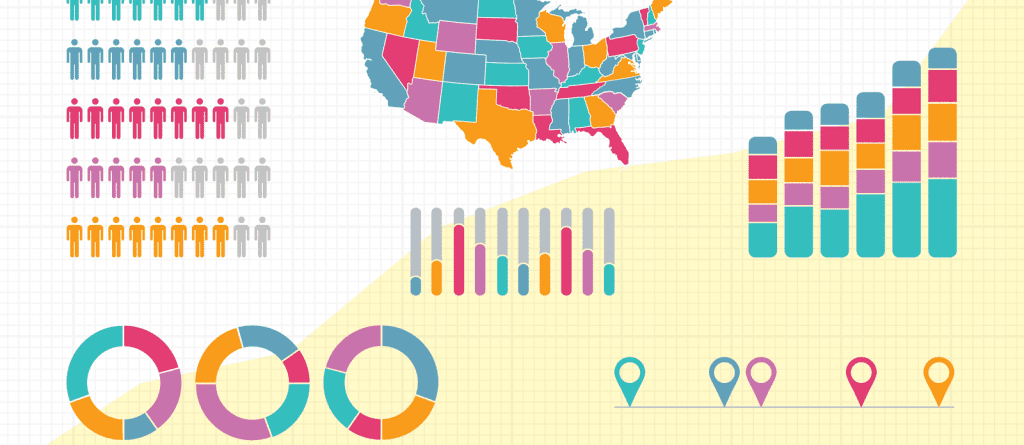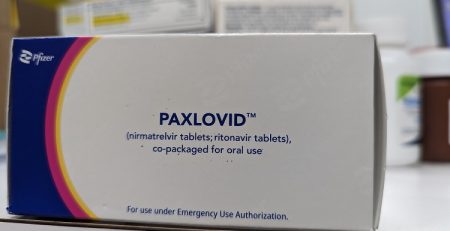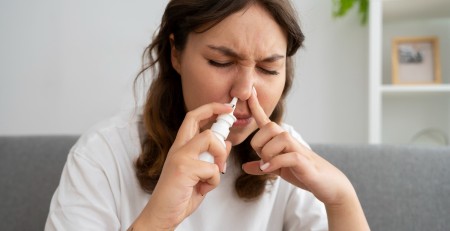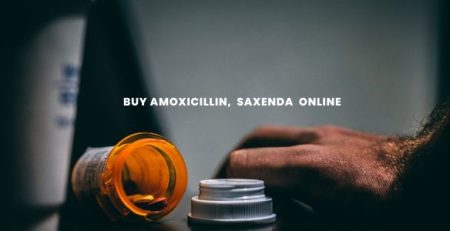Prescription Fills for Inhalers Drop as U.S. Faces Medication Shortages
The COVID-19 pandemic has not only affected how people are accessing healthcare and medications, but it has also had profound effects on our general supply of medications. We’ve previously reported on changes in fill patterns due to stockpiling, as well as shortages of medications that hospitals are using to treat COVID-19.
Inhalers seem to be one of the most affected categories of medications. Patients with COVID-19 might be prescribed inhalers to ease breathing problems, while people with asthma are stocking up on them to make sure they can stay safe and manage their symptoms. In the first 2 weeks of March, fills for inhalers saw a huge uptick and now, some inhalers are seeing shortages.
So which inhalers are in shortage? Below, we’ll discuss fill trends for inhalers that are now in short supply and provide tips for what you can do if your inhaler is affected.
Which inhalers are in shortage?
Inhalers generally fall into two categories: rescue and maintenance inhalers. Rescue inhalers, also known as quick-relief inhalers, are used as needed and help to open up airways immediately during an asthma attack. Maintenance inhalers, or long-acting inhalers, are used daily to help prevent asthma attacks and reduce their severity if they do happen.
According to the American Society of Hospital Pharmacists (ASHP), certain areas of the country have been experiencing shortages of the following rescue and maintenance inhalers:
Albuterol rescue inhalers:
- ProAir HFA and its generic
- Ventolin HFA and its generic
- Generic Proventil HFA
Fluticasone maintenance inhalers:
- Flovent HFA
- Flovent Diskus
The shortages above, which we used in our analysis, are tracked by reports from practitioners or patients. These are different from the FDA’s list of shortages, which are voluntarily reported by the manufacturer.
How did fills for inhalers trend as shortages occurred?
Shortages of inhalers likely may have occurred because people were stockpiling them when COVID-19 reached pandemic status. From March 1 to March 15, fills for all inhalers that are now in shortage had increased.
In general, the largest percent increases in fills were for generic versions of rescue inhalers. The generics for Proventil and Ventolin saw the biggest spike in fills from March 1 to March 15, increasing by 70% to 80%, respectively. On the other hand, ProAir and its generic only increased by 25% to 30% during that time. Flovent, the only maintenance inhaler to be in shortage, lay in the middle, with fills increasing by around 30%.
All inhalers saw a decrease in fills after the week of March 15 and eventually, fills per week for all inhalers dropped below baseline levels from before March 1. Brand-name Ventolin and ProAir had the deepest percent decrease in fills below baseline after their spike.
Percent Change in Fills for Inhalers in Shortage
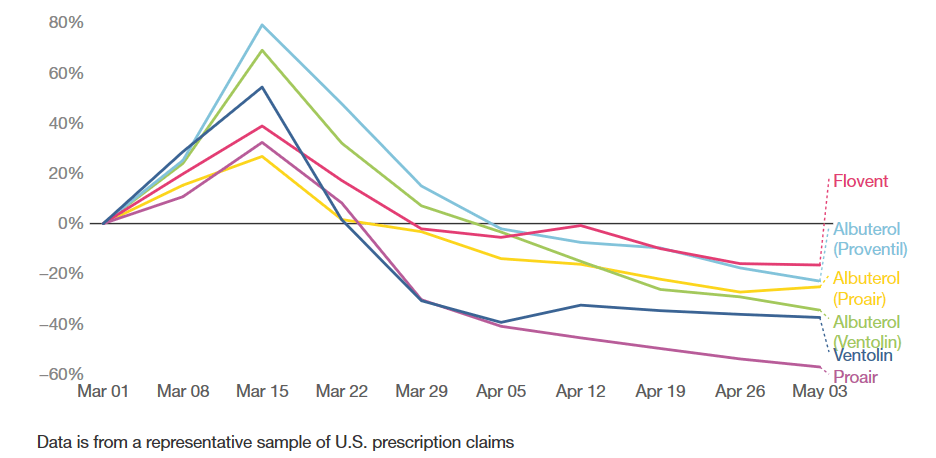
While some people were able to stock up on their inhalers early on, those who weren’t able to may still have not gotten their prescriptions filled because of subsequent shortages. They may also resort to rationing their inhalers in the meantime, which can put their health at risk, or seek alternative recommendations from their healthcare providers. Given the current circumstances limiting access to healthcare, it’s difficult to predict how far the repercussions of these shortages might extend.
How long will the shortages last?
Whether or not there are estimated timelines for restocking will depend on the manufacturers of each inhaler. For example, GlaxoSmithKline, the manufacturer for Ventolin, says they expect a release date for a resupply of the medication in the third quarter of 2020. But other inhalers may be backordered for an unknown period.
To find the most up-to-date information, visit the FDA’s drug shortages website and the American Society of Health-System Pharmacists website on current drug shortages.
What should I do if my inhaler is in shortage?
If an inhaler that you typically use is experiencing a shortage, speak with your healthcare provider or pharmacist. They can recommend potential alternatives. Several options for maintenance inhalers, especially, may still be available. Your doctor may also have samples that can hold you over until pharmaceutical companies increase their production.

